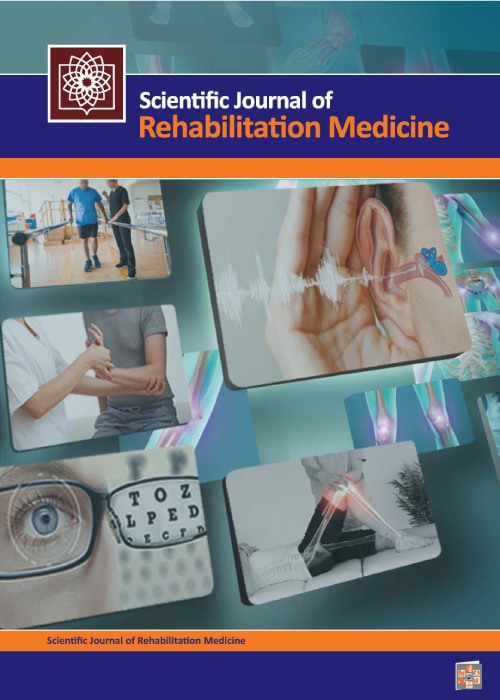Joints Hypermobility and Sports Injury: Review Paper
Hypermobility is considered a tissue adaptation of the neuromusculoskeletal system encountering injuries. The current study investigated the relationship between joint hypermobility and sports injuries.
In the current review study, advanced search using PubMed and Google Scholar databases was carried out via electronic search engines over the past two decades (2000-2020). The following keywords were used: “Hypermobility Joints,” “Hypermobility,” “Joint’s instability,” “Injury,” “Sport,” and “Sports,” along with related synonyms. The Iranian journal data banks were utilized to search Persian articles.
Considering the inclusion and exclusion criteria of the present study, 19 articles (18 English and 1 Persia) were selected. These studies have studied the rate of joint hypermobility among different athletes. Its rate has been divided into three categories: low, medium, and high, based on Beaton-Horan criteria. Low hypermobility is reported to be 75.3% on average among all sports, and this rate is reported to be 24.7% for moderate and high hypermobility. A score of (1.6 to 8) in this criterion is not harmful and is necessary for young female athletes and the lumbar joint. And a cross-sectional analytical study and a prospective study have examined the harms of joint hypermobility in exercise. In these studies, hypermobility of the knee, shoulder, and ankle joints showed the highest significant relationship with injuries, respectively.
Joint hypermobility is not an independent risk factor for all sports. To determine the severity of joint hypermobility in athletes, the degree of hypermobility, sex, age, joint, type of exercise, and training periods should be considered. Joint hypermobility at an optimal level below 5 on the Beaton-Horan scale can not be harmed for athletes of different sports at a young age, provided that the joint is not associated with weakness and lack of muscle strength. Be fertile. Higher joint hypermobility (scores 5 to 9) can be a risk factor for injury if it is associated with muscle weakness and frequent, long periods of exercise.
- حق عضویت دریافتی صرف حمایت از نشریات عضو و نگهداری، تکمیل و توسعه مگیران میشود.
- پرداخت حق اشتراک و دانلود مقالات اجازه بازنشر آن در سایر رسانههای چاپی و دیجیتال را به کاربر نمیدهد.





